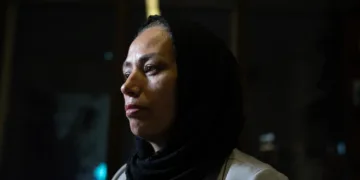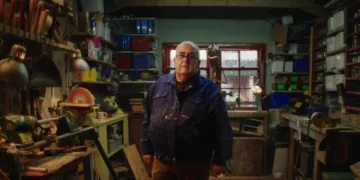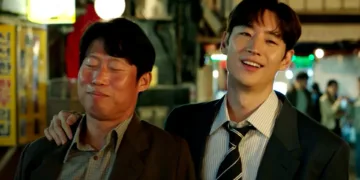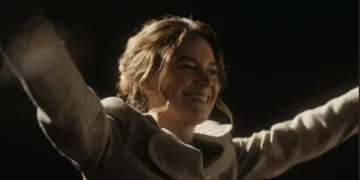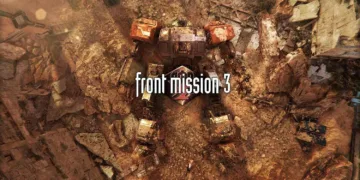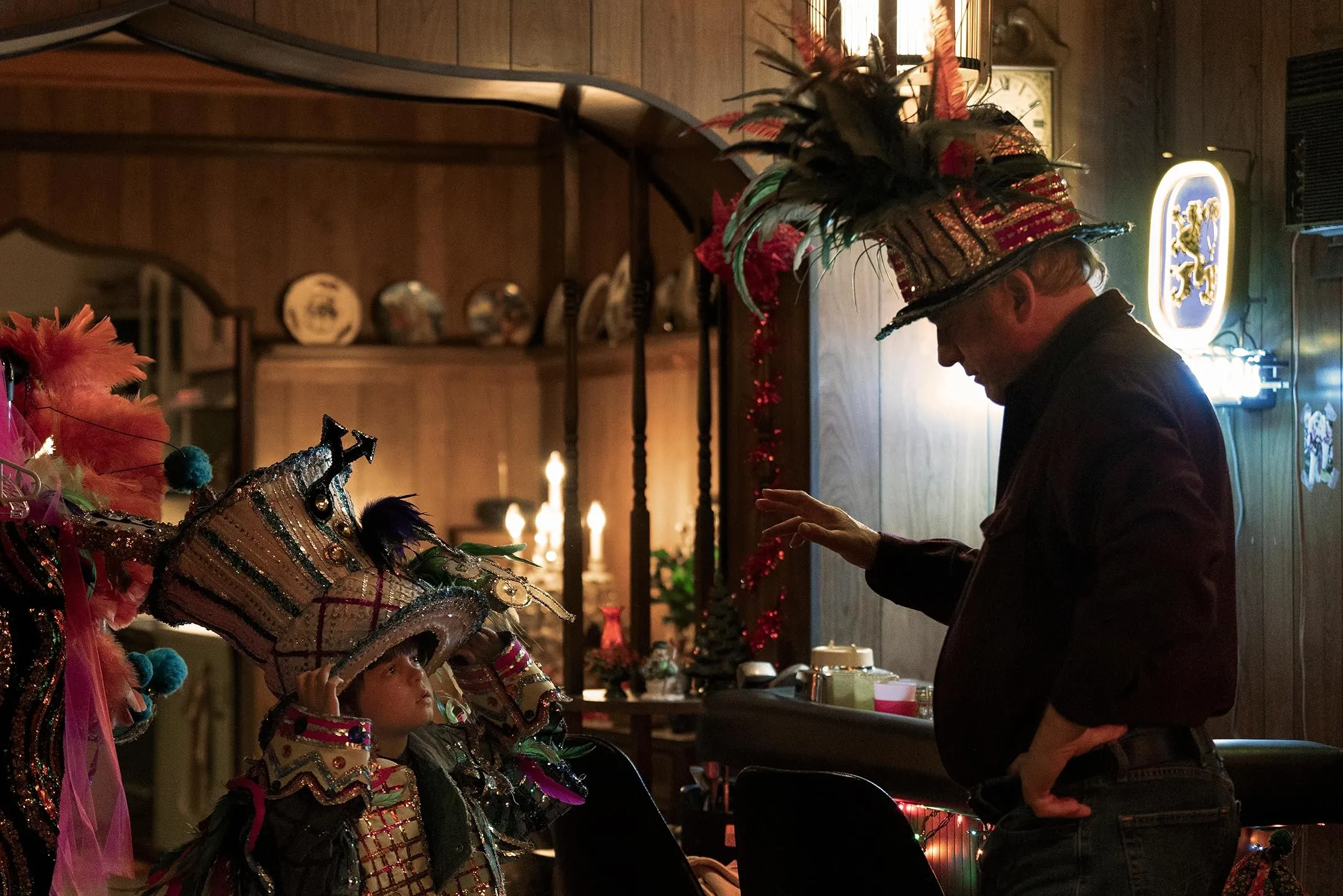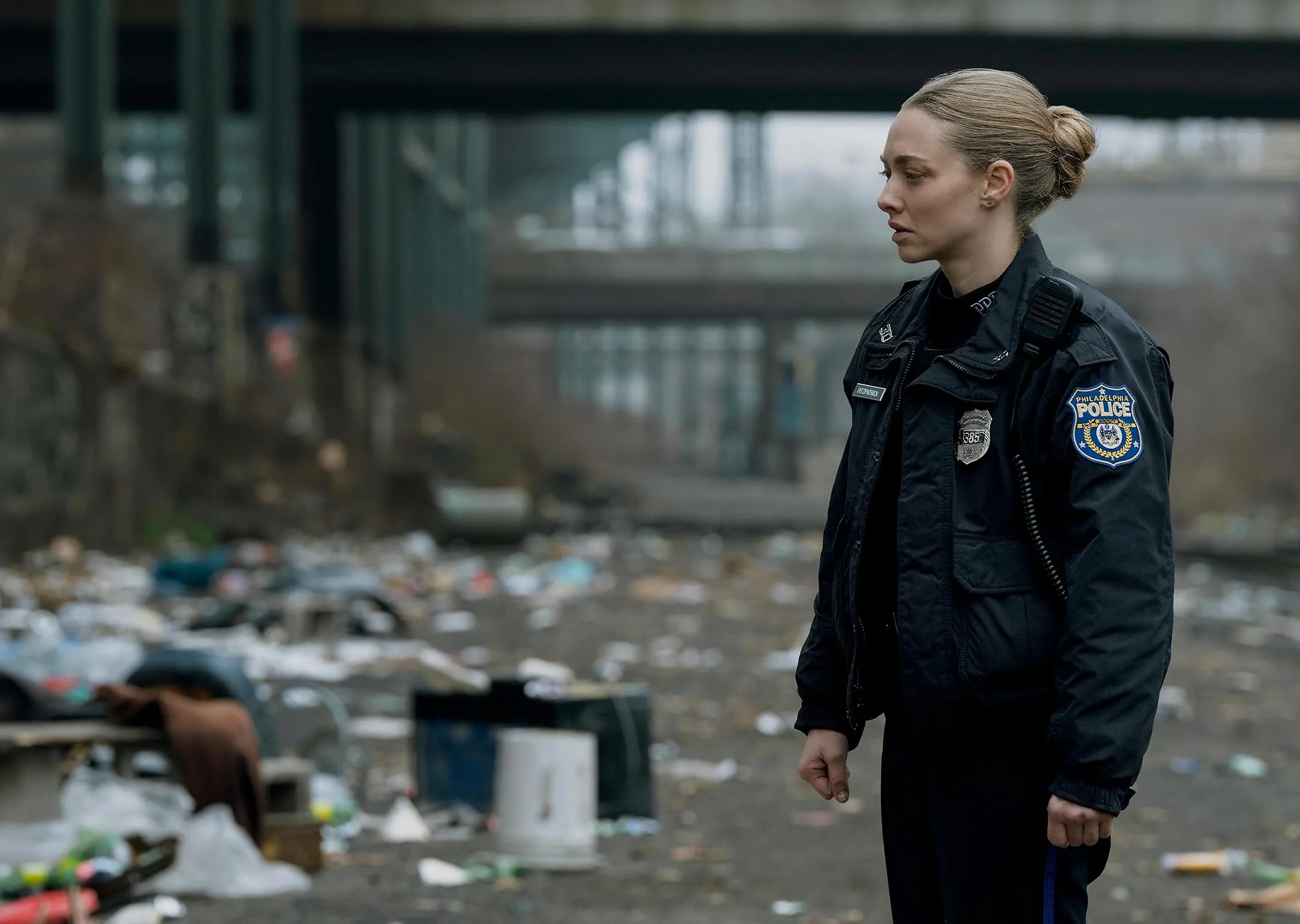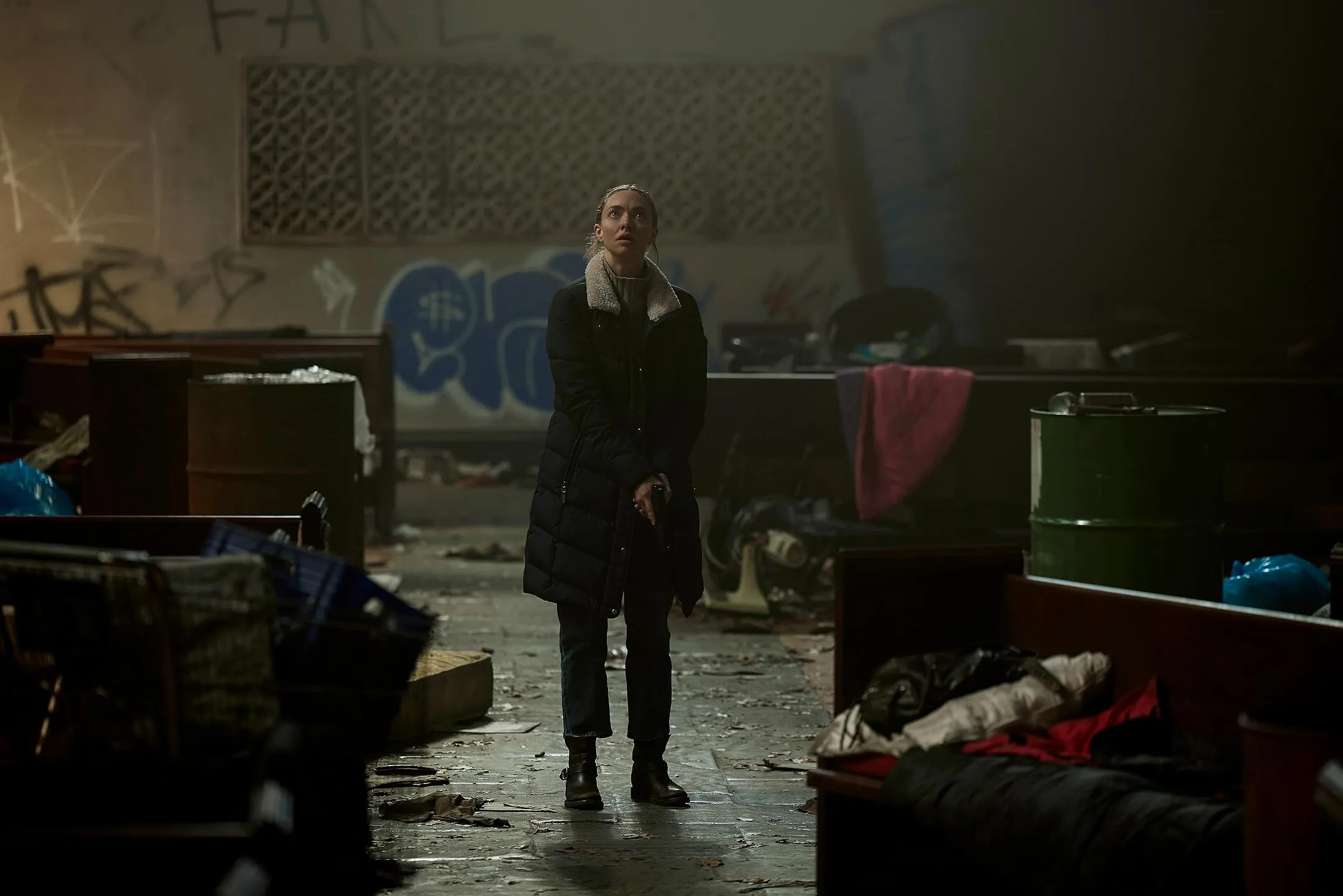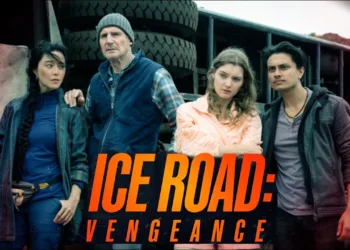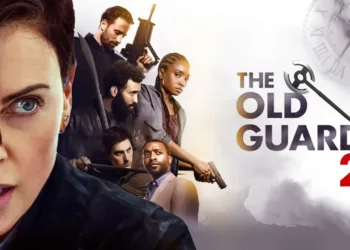In this adaptation of Liz Moore’s celebrated work, the narrative unfurls around a complex investigation that tangles the stark realities of crime with the weight of personal loss. The series presents a mystery set against the backdrop of Philadelphia’s Kensington, where the grit of urban life collides with systemic neglect.
The neighborhood emerges as a character in itself—a place marked by economic hardship, the toll of opioid dependency, and the decay of once-thriving communities.
Central to this exploration is Mickey, a determined police officer whose dedication is tempered by inner conflict and deep-seated personal scars. Her quest to solve a series of disturbing overdoses intertwines with the haunting absence of her sister, Kacey—a figure whose elusive fate casts a long shadow over Mickey’s professional and private worlds.
Supporting figures such as partner Eddie and former colleague Truman lend additional layers to the investigation, each adding to a mosaic of interpersonal struggles and community challenges.
The series fuses a police procedural with an intimate portrayal of family bonds under strain, offering a narrative that challenges expectations while probing the darker aspects of urban existence and personal responsibility. This work invites a reexamination of duty, loss, and the quiet endurance required in the face of relentless urban adversity.
Intricate Threads of Narrative
The narrative unfolds with measured precision as Mickey’s investigation into unsettling overdoses intertwines with her search for her missing sister. The storyline sets a stage where an unsolved series of tragic incidents within a troubled urban environment acts as the catalyst for a deeply personal quest.
The plot adheres to an episodic design, structured in eight hour-long installments, each segment building tension through a deliberate cadence that both reveals and obscures critical information. This measured pace creates spaces where unexpected twists emerge, and several misleading clues momentarily divert attention from the central quest.
The integration of flashbacks adds layers to the story, introducing fragments of past hardships and familial conflicts that continue to haunt the present. These recollections offer insights into the events that have shaped Mickey’s world, casting shadows on her professional decisions and personal vulnerabilities.
The interplay between present investigations and past reminiscences is executed with clarity, providing glimpses into the characters’ formative experiences without overwhelming the viewer with excess detail.
In parallel, interwoven subplots enrich the narrative landscape. The delicate balance between Mickey’s professional responsibilities and the intricacies of her personal history introduces a dynamic tension that challenges the viewer’s expectations.
The presence of secondary characters—each with their own distinct struggles—enhances the mystery, contributing to an environment where every dialogue and quiet moment hints at deeper societal issues. The series employs misdirected narrative paths, prompting reconsideration of each clue as both crime and character studies evolve in tandem.
Every narrative element functions in concert to paint a picture of a community marked by hardship, where personal histories converge with the imperatives of duty. The deliberate construction of redirections and reflective interruptions prompts a reexamination of the familiar tropes of police investigations, inviting a closer look at the interplay of memory and responsibility.
Characters in the Crossfire
Mickey Fitzpatrick emerges as the narrative’s core, a dedicated officer whose life is inseparable from the pulse of Philadelphia. Raised amidst the city’s relentless challenges, her character embodies both duty and an ever-present burden of past hardships.
The weight of caring for her young son and the ghost of a missing sister linger in every decision she makes, painting a portrait of a woman caught between personal grief and professional duty. Kacey, whose choices carved a divergent path from Mickey’s, leaves an absence that shapes the investigation with a quiet, haunting urgency.
Eddie Lafferty serves as a counterpoint, offering a more straightforward perspective in the midst of the complex investigation. His relative inexperience stands in contrast to Mickey’s deeply rooted connections within the community, bringing a sense of clear-eyed simplicity to the unfolding events.
Truman Dawes, marked by a shared and troubled past with Mickey, introduces a layer of unspoken history that enriches the investigative narrative. His seasoned presence and subtle tensions with Mickey provide an undercurrent of unresolved emotions, reinforcing the idea that every character carries scars from former days.
Supporting figures, such as Mickey’s son Thomas and other community representatives, punctuate the narrative with moments that reinforce the series’ commitment to a realistic portrayal of urban life. Each character, regardless of screen time, contributes to an intricate mosaic where personal histories and communal struggles intersect.
Casting choices imbue these roles with authenticity. Amanda Seyfried’s interpretation of Mickey conveys a firm resolve intertwined with moments of unguarded vulnerability.
The performances from the supporting cast add tangible depth, their interactions on screen transforming routine procedures into a compelling examination of human resilience amid hardship. Every character’s portrayal contributes to a richly detailed exploration of identity and duty within a setting that demands both courage and empathy.
A Critical Mirror of Urban Wounds
The narrative speaks to the complexities of sibling ties, where the silent burden of lost connection is felt with each scene featuring Mickey and Kacey. The intricate interplay of obligation and estrangement is presented with a refined sharpness, allowing the viewer to sense the invisible pull between duty and desire.
The tension inherent in these familial bonds invites contemplation of how personal history casts long shadows over present actions, shaping decisions that bear both beauty and sorrow.
The depiction of addiction and economic hardship is rendered with stark clarity. The series does not shy away from portraying the ravages of the opioid crisis and the scars left on communities starved of hope.
In the corners of Kensington, every visual detail becomes a reflection of societal neglect—a quiet critique of the institutions that have allowed such conditions to fester. The intimate portrayal of despair and the simultaneous quest for redemption form a narrative undercurrent that questions established norms while hinting at the possibility of renewal.
Recurring motifs, such as the striking image of long pink hair and moments that suggest a fateful crossing point, serve as visual metaphors that articulate the persistence of memory.
The use of flashbacks is carefully calibrated, offering snapshots of a past that continually infiltrates the present. This narrative choice reinforces the idea that the remnants of history are neither easily dismissed nor forgotten.
The series emerges as a focused commentary on urban decline and institutional inertia, engaging with the notion that the struggle for empathy is a constant negotiation against the backdrop of a society divided by hardship and disillusionment.
Framing the Urban Landscape
The directors establish a tone rich with atmosphere, crafting a visual mood that mirrors the challenges faced by the characters. A team of women at the helm imparts a distinctive sensitivity to the portrayal of urban hardships, influencing both the mood and the depiction of character nuances with a refined subtlety.
Their approach transforms the investigative narrative into a visual essay on urban life, where each frame speaks to the weight of unspoken histories.
Philadelphia’s Kensington is rendered with striking clarity, its urban textures and shifting light evoking a palpable sense of place. The interplay of shadow and illumination captures the rugged contours of the neighborhood, accentuating both its stark realities and fleeting moments of introspection.
Noteworthy camera work captures the contrast between the harshness of street-level life and the softer, almost lyrical moments that arise in quiet corners of the city.
The pacing of the series unfolds deliberately, with a measured progression that encourages careful observation of each scene. Editing choices punctuate the narrative with deliberate pauses and reflective sequences, allowing past and present to converse without a rush. Flashbacks are interspersed with ongoing investigation, each serving as a visual reminder of the lasting imprint of history on the present day.
Recurring visual motifs lend the work an added layer of significance. Repeated color cues, such as the distinctive pink hue that appears at key moments, reinforce the themes embedded within the narrative.
Thoughtfully designed sets capture the authenticity of a community under strain, their textures and details inviting a closer look at the everyday struggles that form the backdrop to the unfolding drama.
Echoes in the Urban Soundscape
The score forms an audible narrative that carries weight in every measured note, its recurring themes underscored by the distinct timbre of the English horn.
In scenes where the city’s pulse is most palpable, the music shapes an environment that mirrors the raw intensity of the unfolding events. Specific arrangements accentuate moments of tension, with selected instruments providing a counterpoint to the visual starkness of Philadelphia’s streets.
Sound design plays a key role in crafting a setting that feels palpably real. The hum of city life, from distant sirens to the soft murmur of everyday interactions, weaves through each scene, lending a texture that is both immersive and stark.
Ambient sounds punctuate moments of silence and serve as subtle reminders of a community in constant flux. The interplay between the carefully curated soundtrack and the organic clamor of the urban environment not only supports but intensifies the narrative, enhancing the emotional weight and rhythmic progression of the series.
Urban Resonance and Family Echoes
The series fuses a multifaceted crime investigation with intimate family narratives, resulting in a narrative that examines the collision of personal loss and civic decay.
Its ambition in interlacing the procedural with the personal creates a dynamic framework where the criminal inquiry and familial dilemmas exist in constant interplay. The work exhibits moments of profound clarity, even as the narrative sometimes struggles under the weight of its own intricate design.
Emotional gravity permeates every scene, inviting viewers to consider the cost of urban neglect and fractured familial ties. The portrayal of Philadelphia’s stark environment and the stark lives of its inhabitants cultivates a reflective mood that challenges traditional depictions of police work and urban struggle.
Each narrative turn carries the weight of historical scars and present-day hardships, leaving an imprint that extends beyond the immediate story.
This project achieves a level of narrative ambition that prompts a reexamination of how personal history can shape professional duty, and how social hardship molds human connections. The series stands as an expansive critique of urban life, offering insights that invite contemplation of the lingering effects of societal fragmentation and the quiet determination that emerges from it.
The Review
Long Bright River Season 1
The series presents a bold, thought-provoking portrait of urban decline and fractured familial ties, merging a complex crime investigation with intimate personal struggles. Its visual intensity and narrative ambition invite reflection on societal fragmentation and human resilience. Pacing issues and an occasionally meandering plot are offset by strong character portrayals and a memorable atmospheric tone.
PROS
- Strong character portrayals and acting
- Atmospheric visuals and sound design
- Rich thematic exploration of urban decay and familial bonds
CONS
- Occasional slow pacing and meandering plot
- Some narrative complexity that can detract from overall tension






















